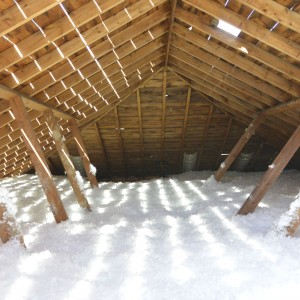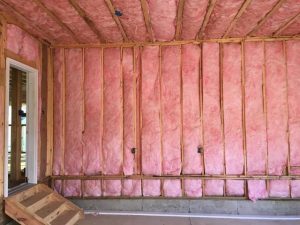Insulating your home is one the most cost-effective ways to make your home more energy efficient and comfortable. Insulation products are rated by effective resistance to heat flow. This is referred to as resistance value or “R-value”. Higher R-value translates to lower heating and cooling bills and improved temperature consistency in the home. Most homes and buildings in north Georgia are built before the 1990 and are poorly insulated—if at all. Current Georgia building code today require minimum levels of insulation. For example, current building code requires R-30 for a traditionally insulated attic and R-22 for sprayfoam encapsulation along the roofline. This equates to 12” depth of fiberglass insulation and 5.5″ of spray foam. ECS will perform an audit to determine the levels, quality, and effectiveness of the insulated areas of your home. Based on your needs, budget, and long term plans with the home, we will make recommendations for the amount and type of insulation that makes most sense to meet your objectives.
Fiberglass Batt
Fiberglass batts are the most common and least effective insulation in existing homes. Batt insulation can be installed in walls, floors, or ceiling cavities. When fiberglass batts are installed, it’s very important to secure the batt insulation tightly to the subfloor or walls since batts are ineffective when they sag and air seeps in. While installing batts, it’s important to avoid gaps, voids, or compressions which can further decrease its effectiveness.
Fiberglass Loose fill
Loose fill fiberglass is more effective by than fiberglass batts since it gets into the crevices and gaps that batts tend to miss. Using a special machine, loose fill fiberglass is blown into wall cavities or on top of other types of existing installation to facilitate a more even and effective coverage depth (higher R-value).
Cellulose Loose fill
Cellulose insulation is just like fiberglass but made out of shredded newspaper treated with borate which is better for the environment. Cellulose is dustier than fiberglass but has a higher R-value at approximately 3.1 per inch.




